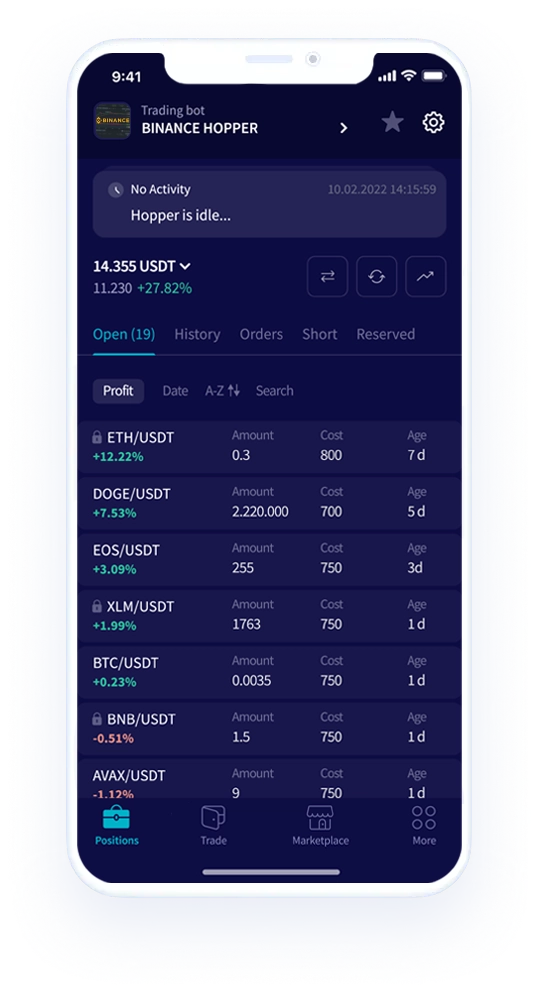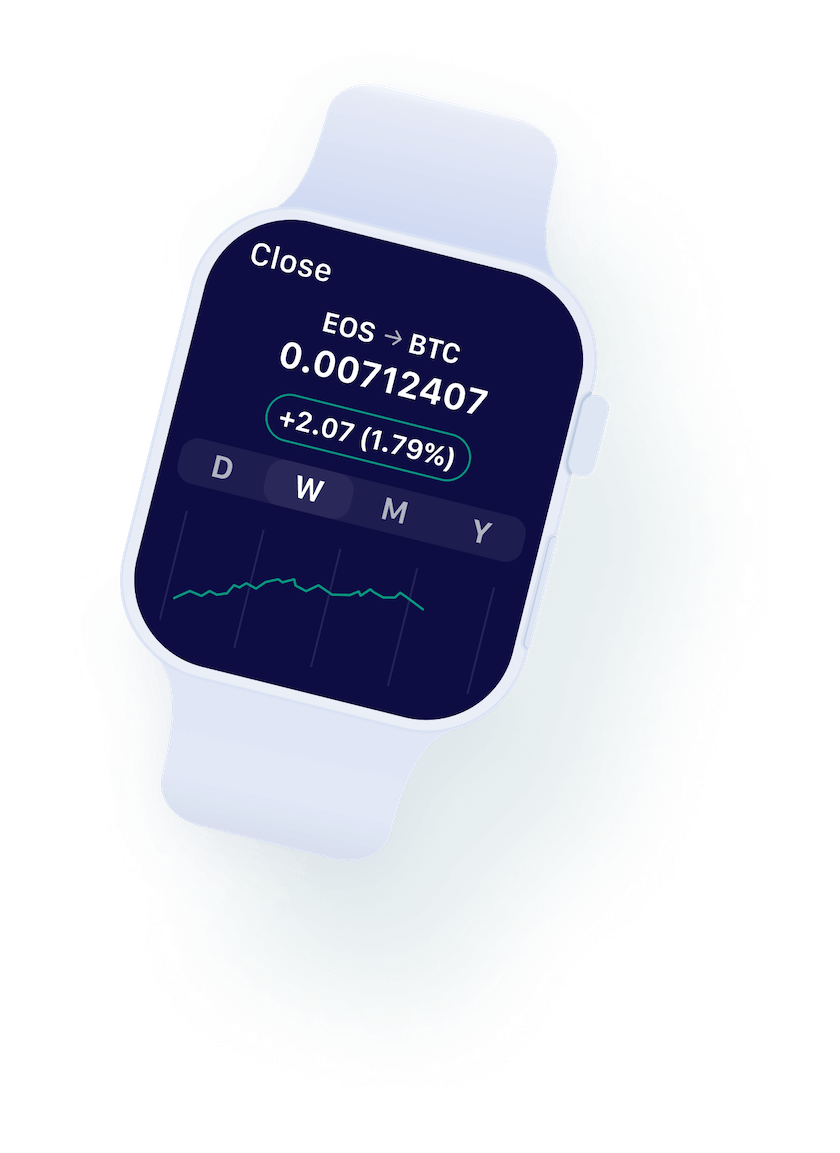Understanding Bear Markets
Bear markets, marked by prolonged price declines and growing pessimism, are a recurring part of financial cycles. This guide explains what they are, why they happen, and how to recognize and navigate them.
TLDR A bear market is when asset prices fall by 20% or more over an extended period (around 14 months on average), driven by negative sentiment, economic shocks, or bursting bubbles. While risky, such markets can offer contrarian investment opportunities as prices eventually rebound.
If the term " bear market" makes you uneasy, you're not alone. In this piece, you'll discover what a bear market truly is, why it happens, how it impacts your assets, and the typical duration of such a market phase.
Considering investing in stocks, bonds, or cryptocurrencies? You may have come across the term "bear market" while exploring financial terminology. Bear markets are actually quite common — we've seen about a dozen over the past 80 years.
Read on to understand what a bear market is, where its name comes from, and why it occurs. You'll also gain insight into the typical duration and key characteristics of a bear market, helping you recognize one when it appears.
Bear Market: Definition
When stock market prices decline for an extended period and investor sentiment turns pessimistic, you're in what’s known as a bear market. This is characterized by falling stock prices and a negative market outlook, often marked by a loss of 20% or more over at least two months.
Understanding Bear and Bull Markets
The opposite of a bear market is a bull market, where stock prices rise and optimism prevails. If you've ever seen the bronze statues at the New York Stock Exchange, you'll notice a bull and a bear representing these trends—symbols recognized globally in cities like New York and Frankfurt. The bear, which swipes downward when attacking its prey, symbolizes falling prices, while the bull, which thrusts its horns upward, represents a rising market.
You might also come across the French terms "baisse" and "hausse," meaning decline and rise, respectively. Though less common than the animal symbols, these terms are sometimes used to describe market movements.
The Dynamics of a Bear Market
In a bear market, the atmosphere turns pessimistic as stock prices gradually decline. Much like a bear fiercely diving at its prey, market sentiment becomes increasingly negative. As fear spreads among investors during a sustained drop in share prices, you're likely to see reduced investment activity and more stock sell-offs. This lack of confidence can further drive down prices, creating a downward spiral that may culminate in a market collapse.
A notorious example is the collapse of the New York Stock Exchange in 1929, often remembered as “Black Thursday.” Over four years, share values plummeted by 90%, eventually leading to a complete market collapse on October 25, 1929. The resulting sell-off triggered a global economic crisis, deeply impacting both the United States and the former Weimar Republic.
What are the causes of such a bear market?
Causes Behind Bear Markets
Bear markets arise from a mix of political, economic, and social factors. One major trigger is the bursting of stock market bubbles. In the 1920s, strong economic growth and widespread optimism drove many to invest heavily or take on loans. When prices eventually started to drop, fear set in, leading investors to sell off their shares, which further pushed prices down. This cascade eventually signaled that the bubble had burst, culminating in the collapse of the New York Stock Exchange in 1929.
More recent examples include the Dot-com bubble of 2000, the Global Financial Crisis of 2008/2009, and the onset of the pandemic in 2020. During the Financial Crisis, rising mortgage defaults in the US led to the collapse of the housing market bubble, the bankruptcy of Lehman Brothers, and a sharp plunge in stock prices. Similarly, the Dot-com bubble saw many investors bet on internet-based companies, only to face rapid sell-offs and steep declines when growth slowed and companies failed.
These extreme cases illustrate how panic and negative sentiment can trigger a bear market. While such market downturns often occur during recessions, they do not always lead to a total market collapse or global financial crisis. Bear markets typically follow periods of economic expansion and eventually give way to bull markets, making it essential to understand their average duration and characteristics.
Duration of Bear Markets
Based on a long-term study by SP Global Ratings, bear markets typically last around 14 months. In contrast, bull markets tend to persist for about 4.4 years on average. For instance, there was an eleven-year gap between the bear market of 2008/2009 and the one in 2020. The longest bear markets occurred after the Second Oil Crisis and the Dot-com crisis, each lasting approximately 1.5 years.
When Is the Next Bear Market?
Considering the current inflation, the energy crisis in Europe, and Trump’s tariff policies you might be wondering if the next bear market is imminent. While many fear its arrival, predicting exactly when a bear market will occur remains challenging. Bear markets happen with some regularity, yet their timing and specific triggers can vary. Historically, a significant bear market has appeared approximately every 7 to 10 years, though this interval isn’t a guaranteed rule.
What Are the Characteristics of a Bear Market?
The current economic situation provides a clear example of the indicators you should watch for in a bear market. Ongoing geopolitical tensions are impacting the stock market, and many experts are expressing concerns about the future.
As energy prices continue to climb, you may notice that small investors are increasingly eager—or even forced—to access their capital by selling their stocks. Although certain stocks might benefit from the current crisis, the overall market sentiment is decidedly negative.
A key factor in this dynamic has been the European Central Bank’s (ECB) financial policy. For many years, the ECB maintained a zero-interest-rate policy to combat deflation and stimulate economic growth. This policy made spending more attractive than saving since banks could not offer competitive interest rates on savings accounts, which in turn boosted the popularity of stocks and ETFs as profitable investments.
However, the situation shifted as of November 2024 when the ECB adjusted its key interest rate. An interest rate increase typically sends a negative signal to the stock market because central banks raise rates primarily to stabilize markets. This has caused investors to worry and sell off their shares, further driving down prices.
Moreover, higher interest rates make readily accessible savings accounts more appealing, prompting even more investors to sell their stocks in favor of banking products. Experts also use certain benchmarks to determine whether you’re in a bear market. One such benchmark is that the negative share price trend must last for at least two months.
The 2-percent-rule specifies that the loss should be at least 2% each month from the last peak in a bull market to the subsequent low in a bear market. Another method, the two-thirds-one-thirds rule, states that two-thirds of the total stock price loss occurs during the final third of the bear market period. If these conditions aren’t met, the price decline might simply be categorized as a market correction. Interestingly, short-term losses can actually be beneficial by preventing the market from overheating, thereby extending the duration of bull markets.
That’s why many experts advise holding onto stocks during the first three months of a downturn.
When Was the Last Bear Market?
The last significant bear market occurred in 2020, triggered by the COVID-19 pandemic. This bear market was marked by a rapid and dramatic downturn. It began in February 2020 and officially concluded in late March 2020.
The rapid global spread of the COVID-19 virus led to massive economic uncertainty, widespread global lockdowns, and a sharp decline in economic activity, all of which contributed to a swift drop in stock markets.
For example, in the U.S., the SP 500 fell by about 34% from its mid-February peak to its low on March 23, 2020. Despite this severe decline, the markets rebounded unusually quickly, buoyed by substantial monetary and fiscal measures implemented by central banks and governments worldwide. By August 2020, the SP 500 had not only recovered but reached new highs.
The 2020 bear market stands out as one of the fastest declines and recoveries in history. Since then, while there have been periods of high volatility and market corrections, none have met the 20% loss threshold required to be officially classified as a bear market.
Crypto Bear Markets: An Overview
The crypto market offers another compelling example of bear markets. You might have noticed that, for a time, Ethereum and its peers were considered a safer bet for short-term investments, which led many to favor cryptocurrencies over traditional stocks.
However, bear markets are not uncommon in the crypto space. Given the high volatility inherent in cryptocurrencies like Bitcoin or Ethereum, significant price drops can occur during these periods. A notable example is the 2018 crypto bear market, during which Bitcoin’s price plunged from around $20,000 to below $4,000.
The Bitcoin Bear Market and Its Impact
Currently, Bitcoin stands at nearly $87,000 (as of March 2024)—a remarkable achievement for a digital currency that has been around only since 2009. Yet, there have been instances when Bitcoin lost a substantial portion of its value. For example, after reaching a peak of $70,000, Bitcoin dropped to approximately $15,000 in September 2022, retaining only about a third of its former value.
Bitcoin's inception, numerous other cryptocurrencies have emerged. You can view Bitcoin as the leading currency, with its price movements often influencing the broader market.
While indications suggest we may be in a crypto bear market now, it remains uncertain. In any event, bear markets typically don’t last long and are eventually followed by bull markets.
Contrarian Investing in a Bear Market
Contrarian investing is a strategy where you deliberately go against the prevailing market trend. In a bear market, this means buying assets when market sentiment is overwhelmingly negative and prices have dropped significantly.
For example, during the Financial Crisis of 2008/2009, investors who bought stocks amid the sharp market decline reaped substantial gains as the markets recovered in the following years. Similarly, in March 2020, during the COVID-19-induced downturn, contrarian investors benefited from the sharply lowered stock prices when the market rebounded quickly.
This approach requires courage, discipline, and patience—it means acting against the crowd and being willing to invest during times of widespread pessimism. With a well-planned, long-term strategy, contrarian investors can take advantage of market recoveries and potentially achieve above-average returns.
However, as the dot-com bubble of 2000 demonstrated, not every asset rebounds from the depths of a bear market, so caution is always advised. In terms of cryptocurrencies, you may only want to focus on the largest and safest ones, such as Bitcoin, Ethereum, Solana, BNB and XRP.
Bottom Line
Bear markets represent more than just falling prices—they embody the intricate interplay of economic, political, and social forces that can trigger widespread pessimism and market downturns. Understanding their causes, characteristics, and historical patterns can empower investors to navigate these challenging periods more effectively.
While bear markets present significant risks, they also offer opportunities for contrarian investors to capitalize on lower asset prices and benefit from eventual market recoveries.
By remaining informed and adopting disciplined investment strategies, you can better manage uncertainty and position themselves to take advantage of the cyclical nature of the financial markets.

